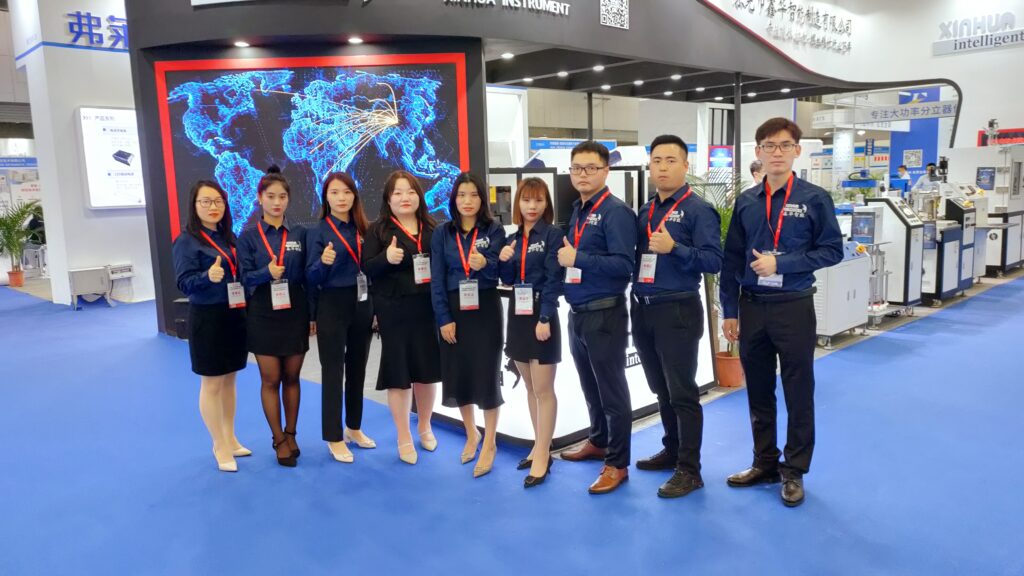This article explores the key features, applications, and benefits of UV LED curing systems.
What is UV LED Curing?
UV LED curing is a process where materials, such as inks, coatings, and adhesives, are hardened or cured through exposure to ultraviolet (UV) light emitted by LED (light-emitting diode) sources. Unlike conventional LED UV curing system that rely on mercury vapor lamps, UV LED curing systems provide a more energy-efficient, environmentally friendly, and cost-effective alternative. These high power UV curing LED system are capable of delivering focused, high-intensity UV light over a specific wavelength range, triggering a photochemical reaction in the materials being cured, causing them to harden almost instantly.
How UV LED Curing Systems Work
The UV LED curing system consists of an array of LEDs that emit UV light at specific wavelengths. When a substrate (such as paper, plastic, or metal) is coated with a UV-sensitive ink or adhesive, the LED lights shine on the material, causing a photochemical reaction that hardens or “cures” the coating. The reaction happens very quickly, often within seconds.The UV curing LED system also includes reflectors that focus and direct UV light, cooling units to maintain the optimal operating temperature, and power control systems that ensure consistent curing performance.
Advantages of UV LED Curing Systems
UV LED curing systems offer several advantages over traditional UV curing methods, including: faster curing speeds, significantly lower energy consumption, longer lamp lifespan, improved process control, ability to cure heat-sensitive materials, reduced maintenance needs, and a more environmentally friendly operation due to the absence of hazardous emissions like ozone.
Key Components of a UV LED Curing System
UV LED curing system primarily consists of: a UV LED light source array, a power supply to drive the LEDs, a cooling system to manage heat generation, an optional optical system to direct the light, and a control unit to manage the curing process parameters like intensity and exposure time;
Applications of UV LED Curing Systems
UV LED curing system are widely used in various industries for applications like: graphic arts printing (inkjet, flexographic, offset), adhesive bonding, industrial marking/coding, sealing, screen printing, optical fiber coatings, wood finishing, medical device manufacturing, dental applications, electronics assembly, and surface coating due to their fast curing speed, energy efficiency, and precise control over the curing process.
UV LED Curing vs. Traditional UV Curing
When comparing UV LED curing to traditional UV curing, several benefits stand out:
Energy Consumption: UV LED curing system are far more efficient, consuming significantly less power and generating minimal heat.
No Mercury: Unlike traditional UV lamps, UV LEDs do not contain mercury, making them safer and easier to dispose of.
Curing Speed: UV LED curing provides almost instant results, which drastically reduces processing times compared to traditional curing methods.
Wavelength Precision: UV LEDs can emit light at specific wavelengths, providing better control over the curing process and the ability to tailor the system to different materials.

Choosing the Right UV LED Curing System
To choose the right UV LED curing system, you need to primarily consider the wavelength of light emitted to match the specific materials you’re curing, along with factors like the required curing speed, application size, and desired energy density, ensuring the system can adequately reach the target area and achieve the desired cure time;
Key factors to consider when selecting a UV LED curing system:
Wavelength selection: The most critical factor; different materials require specific wavelengths for optimal curing. Common UV LED wavelengths include 365nm, 385nm, 395nm, and 405nm.
Photoinitiator compatibility: Check if the photoinitiator in your material is compatible with the chosen UV LED wavelength.
Power density: Higher power density leads to faster curing times.
LED UV Curing System Cost
The cost of an LED UV curing system can vary depending on several factors, including the brand, system specifications (such as power and size), and additional features. Here’s a general breakdown:
Small Systems (Tabletop or Portable): These can range from $500 to $3,000.
Mid-Range Systems: For systems used in industrial applications or larger-scale curing, the cost typically falls between $3,000 and $15,000. These systems are used for curing larger batches of products or materials that require high-intensity UV light.
High-End Systems: Larger, more powerful industrial systems that can handle high-volume curing processes (such as for large production lines) can cost $15,000 to $50,000 or more, depending on the specifications.





